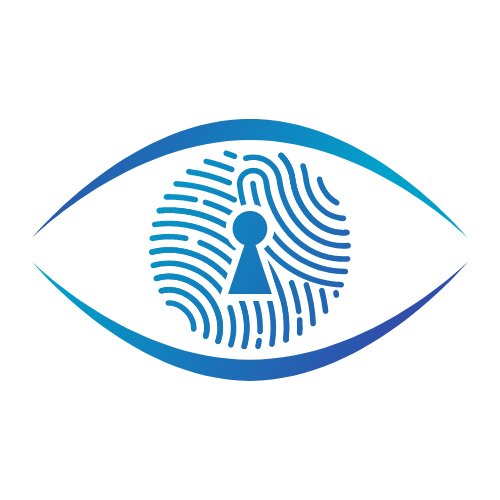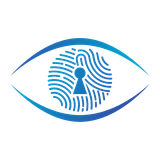Legislation and Compliance: Updates on New Laws and Regulations Affecting IoT Security

As the Internet of Things (IoT) continues to expand, governments and regulatory bodies worldwide are increasingly focusing on enhancing security standards to protect users and infrastructure. This article provides an in-depth overview of recent legislative updates and compliance requirements affecting IoT security.

1. California's IoT Security Law
Overview:
California’s Senate Bill No. 327, also known as the “IoT Security Law,” was one of the first state-level legislations in the United States specifically targeting IoT security. Enacted in January 2020, the law mandates that manufacturers of connected devices implement reasonable security features appropriate to the nature and function of the device.

Key Provisions:
- Unique Preprogrammed Passwords: Devices must come with a unique password or require the user to set a password upon first use.
- Reasonable Security Features: Manufacturers must equip devices with security features that are appropriate to the device's function and information it collects or transmits.
Impact:
- Compliance Requirements: Manufacturers need to review and potentially redesign their security protocols to comply with these requirements.
- Increased Security Awareness: The law has raised awareness and set a precedent for other states and countries to follow.

2. European Union's Cybersecurity Act
Overview:
The EU Cybersecurity Act, which came into force in June 2019, established a framework for cybersecurity certification of products, services, and processes across the EU. It aims to enhance trust and security in the digital single market.
Key Provisions:
- European Cybersecurity Certification Framework: The act provides a comprehensive set of rules for European cybersecurity certification schemes.
- ENISA Empowerment: The European Union Agency for Cybersecurity (ENISA) was granted a permanent mandate and additional resources to support member states.
Impact:
- Certification Standards: IoT devices marketed in the EU must meet specific security standards, encouraging manufacturers to adopt more rigorous security measures.
- Market Access: Compliance with the Cybersecurity Act can enhance market access and consumer trust for IoT products.
3. UK’s Product Security and Telecommunications Infrastructure (PSTI) Bill
Overview:
Introduced in 2021, the PSTI Bill aims to improve the security of consumer connectable products sold in the UK. This legislation is part of the UK government’s broader strategy to enhance IoT security.
Key Provisions:
- Banning Default Passwords: The bill bans the use of default passwords in consumer IoT devices.
- Transparency Requirements: Manufacturers must disclose the minimum duration for which the device will receive security updates.
- Reporting Vulnerabilities: A clear and accessible route for reporting vulnerabilities must be provided.
Impact:
- Consumer Protection: The bill significantly enhances consumer protection by ensuring that IoT devices are more secure out-of-the-box.
- Manufacturer Accountability: It holds manufacturers accountable for the security of their devices throughout their lifecycle.
4. United States’ IoT Cybersecurity Improvement Act of 2020
Overview:
The IoT Cybersecurity Improvement Act of 2020 mandates that any IoT devices purchased by federal agencies meet minimum security standards.
Key Provisions:
- NIST Guidelines: The National Institute of Standards and Technology (NIST) is responsible for developing standards and guidelines for IoT devices.
- Vulnerability Disclosure: The act requires the establishment of guidelines for vulnerability disclosure for IoT devices.
Impact:
- Federal Procurement Standards: Federal agencies are required to purchase IoT devices that meet these security standards, influencing manufacturers to comply to maintain market access.
- Industry Standards: The act sets a benchmark for IoT security, encouraging private sector adoption of similar standards.
5. Global Data Protection Regulation (GDPR) and IoT
Overview:
While not exclusively focused on IoT, the GDPR has significant implications for IoT devices that collect and process personal data within the European Union.
Key Provisions:
- Data Minimization: IoT devices must collect only the data necessary for their functionality.
- User Consent: Explicit user consent is required for data collection and processing.
- Right to Access and Erasure: Users have the right to access their data and request its deletion.
Impact:
- Data Privacy: GDPR has raised the bar for data privacy, requiring IoT manufacturers to implement robust data protection measures.
- Compliance Costs: Ensuring compliance with GDPR can be costly and complex, but necessary to avoid significant fines and reputational damage.
Conclusion
The evolving landscape of IoT security legislation and compliance reflects the growing importance of protecting interconnected devices and systems from cyber threats. Manufacturers, service providers, and consumers must stay informed and adapt to these changes to ensure the security and privacy of IoT ecosystems. By adhering to these regulations, the industry can foster a more secure and trustworthy environment for the adoption of IoT technologies.
For further details on these regulations, you can visit sources like:








